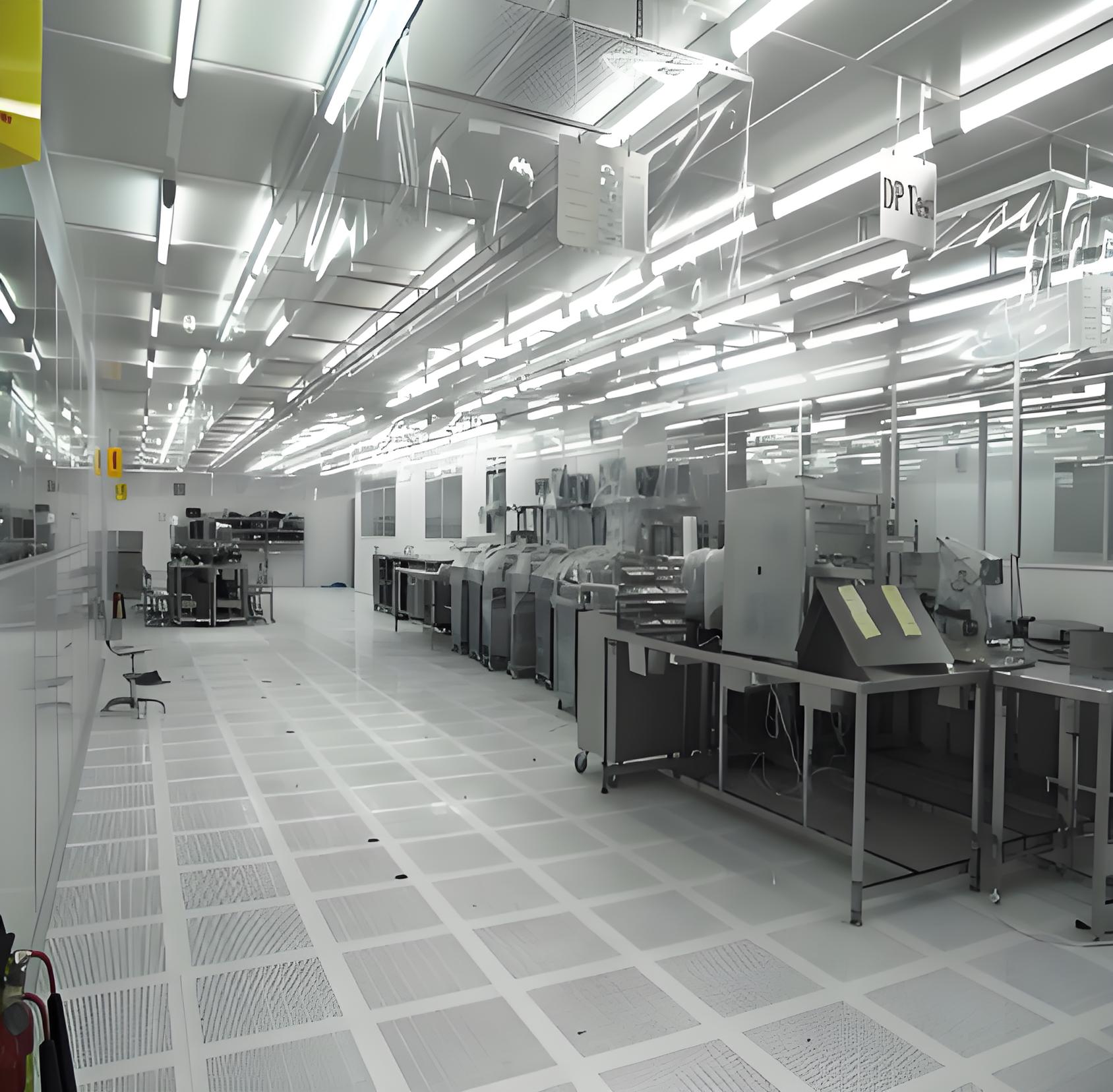
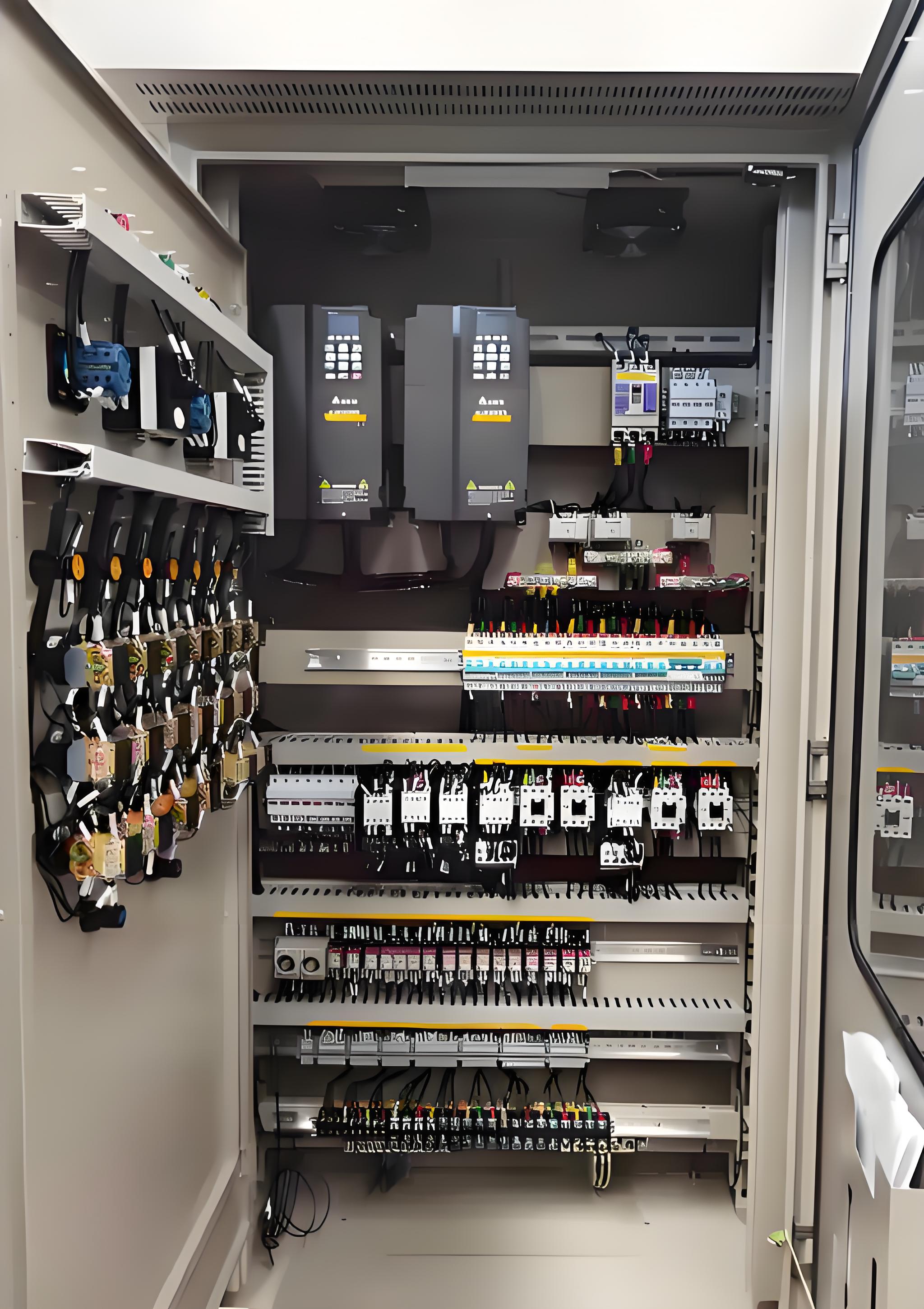
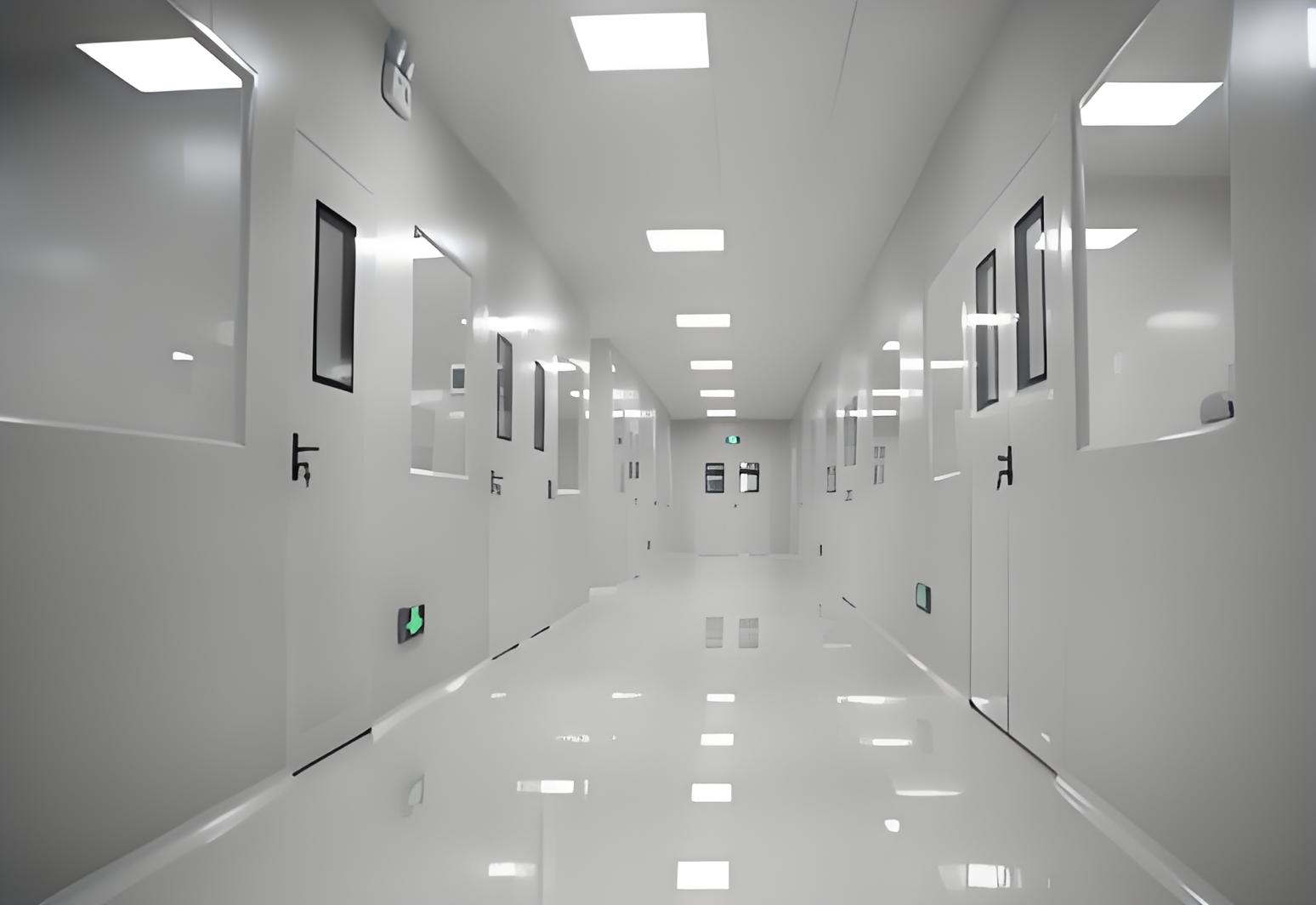
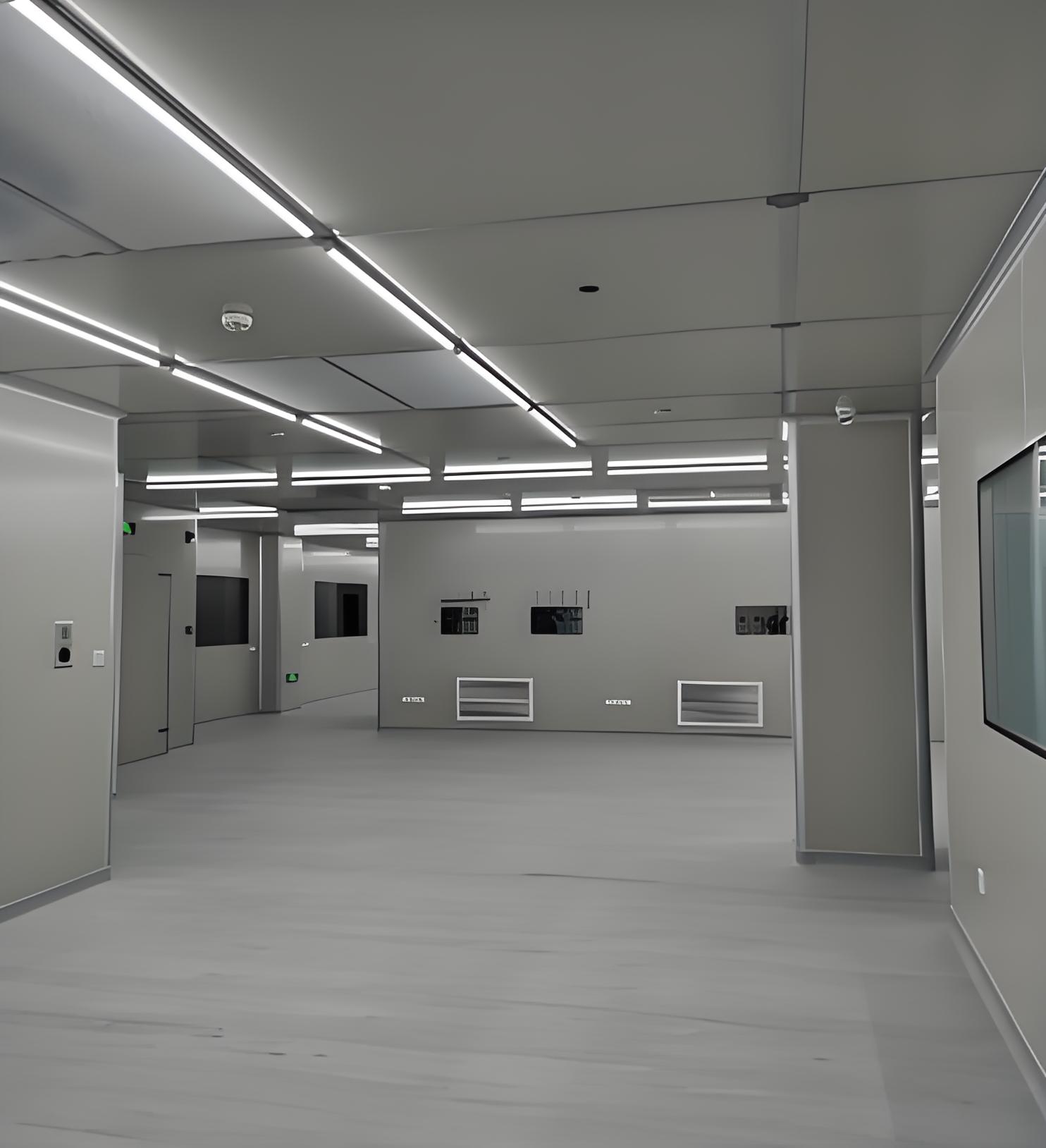
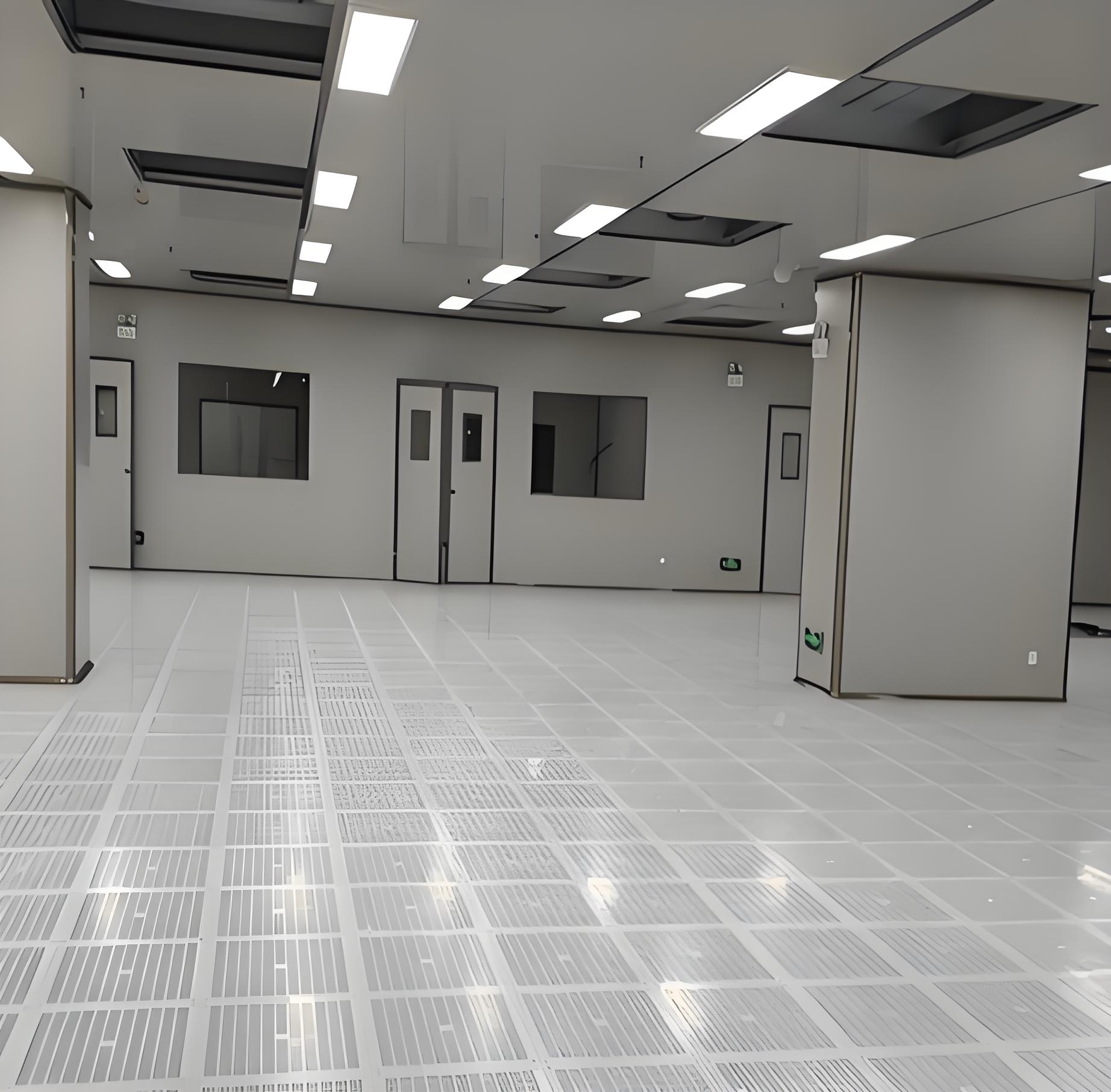
In the realm of high-tech industries such as pharmaceuticals, biotechnology, semiconductors, and healthcare, the significance of cleanroom engineering design cannot be overstated. It forms the backbone of controlled environments where even microscopic contaminants can compromise product quality, safety, and regulatory compliance. Cleanroom engineering design involves a meticulous process of planning, designing, and implementing spaces that maintain strict levels of air purity, temperature, humidity, and pressure. This field integrates principles from architecture, mechanical engineering, and environmental science to create facilities that meet stringent international standards. As global demand for precision manufacturing rises, understanding the core elements of cleanroom engineering design becomes essential for businesses aiming to achieve operational excellence and innovation.
At its core, cleanroom engineering design focuses on minimizing particulate and microbial contamination through advanced filtration, airflow control, and material selection. This process is not just about building a sterile room; it encompasses a holistic approach that includes turnkey cleanroom solutions, design of cleanroom facilities, cleanroom HVAC design, and adherence to ISO 14644-1 classification. These components work in synergy to ensure that cleanrooms perform reliably over time, supporting critical processes like drug formulation, microchip production, and medical device assembly. In this article, we will delve into the key aspects of cleanroom engineering design, highlighting how each element contributes to creating efficient and compliant environments. We will also explore the role of industry leaders like TAI JIE ER in delivering integrated solutions that cater to diverse industrial needs.
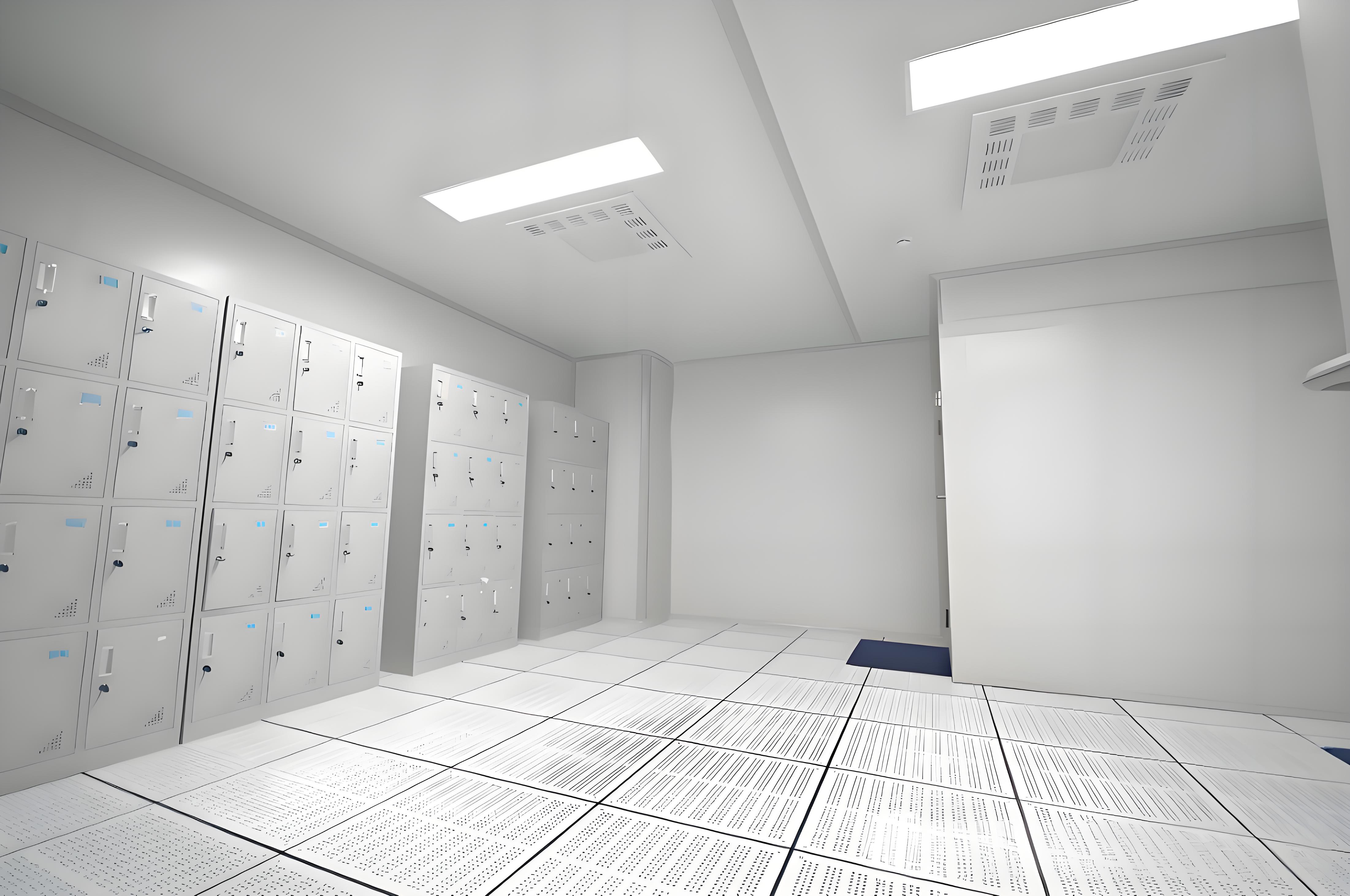
Cleanroom engineering design is a specialized discipline that requires a deep understanding of contamination control and environmental dynamics. It begins with a comprehensive assessment of the client's requirements, including the intended use of the cleanroom, the level of cleanliness needed, and regulatory mandates. The design phase involves detailed planning of layout, materials, and systems to achieve optimal performance. For instance, the selection of smooth, non-porous surfaces for walls and floors helps prevent particle accumulation, while the integration of high-efficiency particulate air (HEPA) or ultra-low penetration air (ULPA) filters ensures the removal of contaminants from the air.
A critical aspect of cleanroom engineering design is its focus on scalability and adaptability. As technologies evolve, cleanrooms must be designed to accommodate future upgrades without disrupting ongoing operations. This involves modular designs that allow for easy reconfiguration and expansion. Additionally, cleanroom engineering design incorporates risk management strategies, such as zoning different areas based on contamination levels and implementing strict protocols for personnel entry and material handling. By addressing these factors early in the design process, engineers can create environments that not only meet current standards but also anticipate future challenges, ensuring long-term sustainability and cost-effectiveness.
Turnkey cleanroom solutions offer a comprehensive approach to cleanroom engineering design, providing end-to-end services from conception to commissioning. These solutions are designed to streamline the project lifecycle, reducing timelines and minimizing risks associated with coordination between multiple vendors. In a turnkey model, a single entity, such as TAI JIE ER, manages all aspects—including design, construction, installation, and validation—ensuring seamless integration and compliance with client specifications. This approach is particularly beneficial for industries requiring rapid deployment, such as vaccine production or electronics manufacturing, where time-to-market is critical.
One of the key benefits of turnkey cleanroom solutions is their ability to deliver customized environments tailored to specific operational needs. For example, a pharmaceutical company might require a cleanroom with strict humidity control for lyophilization processes, while a semiconductor facility may prioritize electrostatic discharge protection. Turnkey providers leverage their expertise in cleanroom engineering design to address these unique requirements, incorporating advanced technologies like automated monitoring systems and energy-efficient components. Moreover, these solutions often include post-installation support, such as maintenance and recertification services, which help uphold performance standards over time. By opting for turnkey cleanroom solutions, businesses can achieve higher reliability, reduced operational costs, and enhanced compliance with international regulations like ISO 14644-1 classification.
The design of cleanroom facilities is a multifaceted process that balances technical requirements with practical constraints. It starts with spatial planning, where engineers define the cleanroom's layout to optimize workflow and minimize contamination risks. This includes designing airlocks, gowning areas, and equipment placement to ensure smooth material and personnel flow. The choice of construction materials is equally important; for instance, stainless steel or coated panels are commonly used for their durability and ease of cleaning. In the design of cleanroom facilities, factors like lighting, vibration control, and noise reduction are also considered to create a safe and productive environment.
Another vital element in the design of cleanroom facilities is the integration of contamination control measures. This involves specifying the appropriate ISO 14644-1 classification level, which defines the maximum allowable particle counts per cubic meter. For example, an ISO Class 5 cleanroom (equivalent to Class 100 in older standards) is typical for aseptic filling operations, requiring stringent airflow and filtration systems. The design must also account for environmental controls, such as maintaining positive or negative pressure relative to adjacent areas to prevent cross-contamination. By focusing on these details, the design of cleanroom facilities ensures that the space not only meets regulatory requirements but also enhances operational efficiency. Companies like TAI JIE ER excel in this area by employing advanced modeling tools, such as computational fluid dynamics (CFD), to simulate and optimize cleanroom performance before construction begins.
Cleanroom HVAC design is a cornerstone of cleanroom engineering design, directly impacting air quality, temperature stability, and energy consumption. Unlike conventional HVAC systems, cleanroom HVAC design must achieve precise control over airflow patterns, velocity, and filtration to maintain the desired cleanliness levels. This typically involves a combination of supply and return air systems equipped with HEPA or ULPA filters, which capture particles as small as 0.3 microns with 99.97% efficiency. The layout of diffusers and vents is carefully planned to ensure unidirectional or turbulent airflow, depending on the application—laminar flow for critical zones and non-unidirectional for less sensitive areas.
Energy efficiency is a growing priority in cleanroom HVAC design, as these systems can account for up to 60% of a facility's total energy use. Innovations such as variable air volume (VAV) systems, heat recovery units, and demand-controlled ventilation help reduce energy waste while maintaining performance. For instance, TAI JIE ER incorporates smart controls that adjust airflow based on real-time particle counts and occupancy sensors, aligning with sustainable practices. Additionally, cleanroom HVAC design must address humidity and temperature control to protect sensitive processes; in biotechnology, for example, stable conditions are crucial for cell culture integrity. By refining cleanroom HVAC design, engineers can achieve a balance between operational excellence and environmental responsibility, supporting long-term cost savings and regulatory adherence.
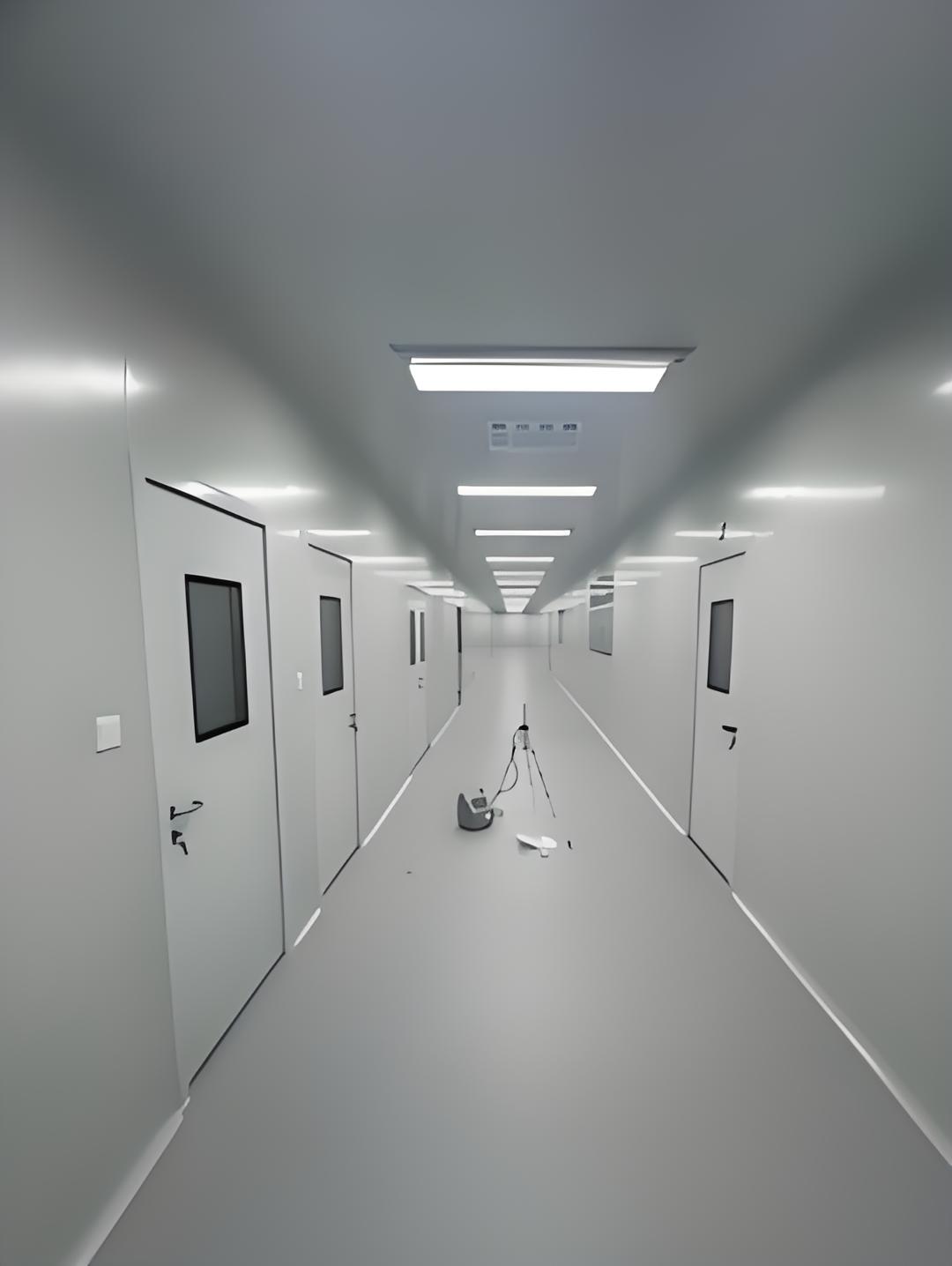
The ISO 14644-1 classification is an international standard that defines air cleanliness levels in cleanrooms based on particle concentration. It is a critical reference in cleanroom engineering design, providing a standardized framework for specifying and validating cleanroom performance. The classification ranges from ISO Class 1 (the cleanest, with no more than 10 particles of 0.1 microns per cubic meter) to ISO Class 9 (the least clean, comparable to a typical room air). Each class has specific requirements for particle counts, which influence decisions on filtration, airflow rates, and monitoring systems in the design process.
Incorporating ISO 14644-1 classification into cleanroom engineering design ensures that facilities meet global regulatory expectations, such as those from the FDA or EMA. For example, a medical device manufacturer might target ISO Class 7 for assembly areas, requiring at least 60 air changes per hour and HEPA filtration. The validation process involves particle counting tests, airflow visualization, and pressure differential checks to verify compliance. Moreover, the ISO 14644-1 classification is not static; it requires periodic recertification to account for wear and tear or process changes. By adhering to this standard, cleanroom projects can achieve consistency, reliability, and international acceptance. Firms like TAI JIE ER leverage their expertise to guide clients through this process, from initial classification selection to ongoing compliance audits, ensuring that cleanrooms remain effective throughout their lifecycle.
TAI JIE ER has established itself as a leader in the international cleanroom engineering field, offering specialized services that align with the highest standards of cleanroom engineering design. With decades of experience, TAI JIE ER provides end-to-end solutions, including turnkey cleanroom solutions, design of cleanroom facilities, cleanroom HVAC design, and ISO 14644-1 classification compliance. Their approach combines innovative technologies with practical insights, tailored to sectors like pharmaceuticals, electronics, and research institutions. For instance, in a recent project for a biotech startup, TAI JIE ER delivered a modular cleanroom with integrated HVAC systems that achieved ISO Class 5 standards, enabling the client to accelerate product development while minimizing costs.
What sets TAI JIE ER apart is their commitment to sustainability and client collaboration. They employ lean design principles to reduce material waste and energy consumption, often incorporating renewable energy sources into cleanroom HVAC design. Additionally, TAI JIE ER's global presence allows them to adapt to regional regulations and market trends, ensuring that their cleanroom engineering design solutions are both cutting-edge and compliant. By partnering with TAI JIE ER, businesses can leverage a wealth of knowledge in contamination control and project management, resulting in cleanrooms that not only meet technical specifications but also drive innovation and competitive advantage.
In summary, cleanroom engineering design is a complex yet vital discipline that underpins the success of high-tech industries. By focusing on elements such as turnkey cleanroom solutions, design of cleanroom facilities, cleanroom HVAC design, and ISO 14644-1 classification, organizations can create environments that ensure product quality, safety, and regulatory compliance. The integration of advanced technologies and expert partnerships, like those offered by TAI JIE ER, further enhances the efficiency and reliability of these spaces. As industries continue to evolve, embracing a proactive approach to cleanroom engineering design will be key to navigating future challenges and achieving sustainable growth. By investing in robust design principles, businesses can not only mitigate contamination risks but also foster innovation in an increasingly competitive global market.
Q1: What is the primary goal of cleanroom engineering design?
A1: The primary goal of cleanroom engineering design is to create a controlled environment that minimizes airborne particles, contaminants, and other pollutants to ensure product integrity and compliance with industry standards. This involves careful planning of airflow, filtration, materials, and layout to achieve specific cleanliness levels, such as those defined by ISO 14644-1 classification, while supporting efficient operations in sectors like pharmaceuticals and electronics.
Q2: How do turnkey cleanroom solutions benefit small to medium-sized enterprises?
A2: Turnkey cleanroom solutions offer significant benefits to small and medium-sized enterprises by providing a single-point responsibility for the entire project, from design to commissioning. This reduces the complexity of coordinating multiple contractors, shortens project timelines, and often lowers overall costs. Additionally, turnkey providers like TAI JIE ER deliver customized solutions that scale with business growth, ensuring that even smaller companies can access state-of-the-art cleanroom engineering design without extensive in-house expertise.
Q3: Why is cleanroom HVAC design considered critical in maintaining cleanroom standards?
A3: Cleanroom HVAC design is critical because it directly controls air quality, temperature, humidity, and pressure differentials—all essential for preventing contamination. A well-designed HVAC system ensures proper airflow patterns and filtration, such as HEPA or ULPA filters, to remove particles and maintain the required ISO 14644-1 classification. It also impacts energy efficiency and operational costs, making it a key focus in cleanroom engineering design for long-term sustainability.
Q4: What factors influence the selection of an ISO 14644-1 classification for a cleanroom?
A4: The selection of an ISO 14644-1 classification depends on the specific application and regulatory requirements of the industry. Factors include the sensitivity of the processes conducted in the cleanroom (e.g., sterile drug manufacturing vs. electronics assembly), the size and type of particles that could cause defects, and guidelines from bodies like the FDA or ISO. Higher classifications (e.g., ISO Class 5) are chosen for critical tasks, while lower ones (e.g., ISO Class 8) may suffice for support areas, all integral to the overall cleanroom engineering design.
Q5: How does TAI JIE ER incorporate sustainability into their cleanroom engineering design projects?
A5: TAI JIE ER integrates sustainability into cleanroom engineering design by using energy-efficient systems, such as advanced cleanroom HVAC design with heat recovery and smart controls, to reduce carbon footprint and operational expenses. They also select eco-friendly materials and modular construction techniques that minimize waste. Furthermore, TAI JIE ER focuses on lifecycle management, including maintenance and upgrades, to ensure that cleanrooms remain efficient and compliant with evolving environmental standards, aligning with global sustainability goals.